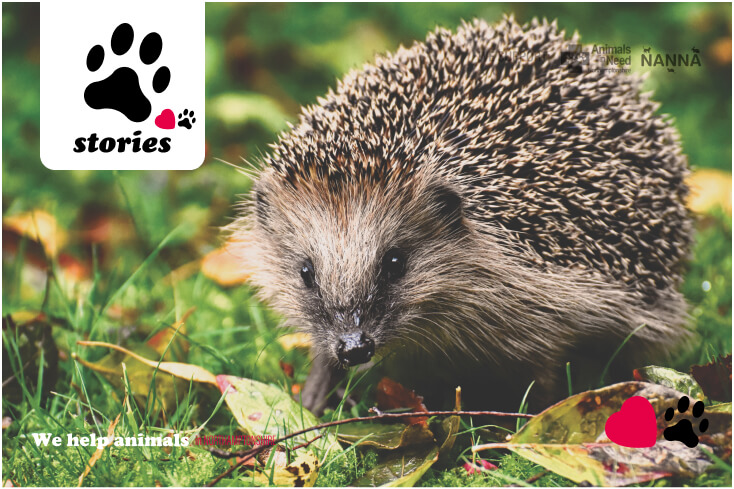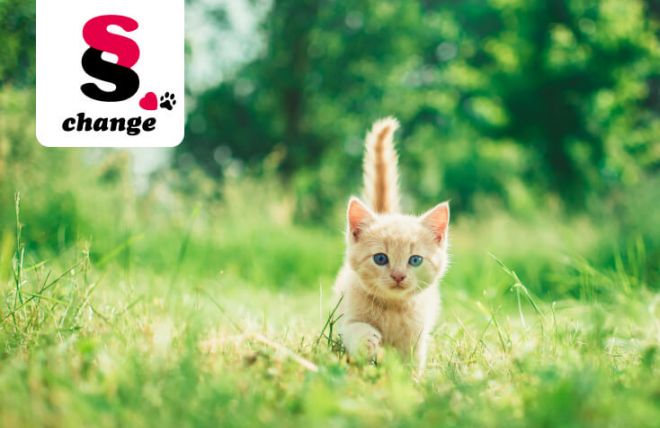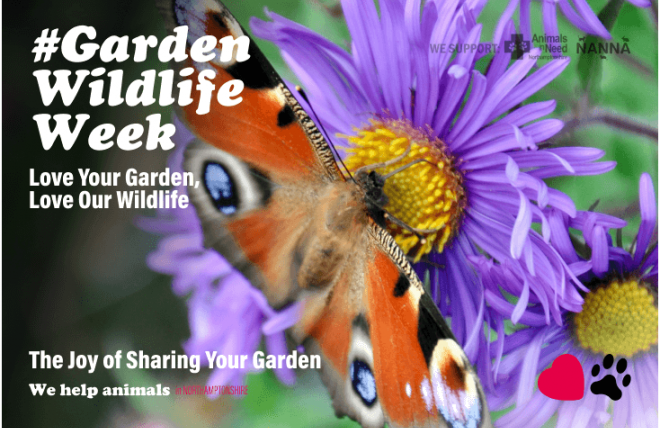
Soon, hedgehogs will wake from their hibernation, and we will see them again. Or…. will we...? A little pessimistic introduction, we know. Recent statistics and hedgehog count shows that in the last 50-70 years, we have lost approximately 80% of the hedgehog population in the UK. This number is scary! Worse even, up to three quarters of all of Britain's rural hedgehogs have been lost in the past 20 years. Urban populations are doing better, but they are not free of other issues…
What is the hedgehog population and what do we know about them?
The UK currently has a population of about 200,000-250,000. It used to be almost 30 million in the 1950’s and declined to 1,5 million by 1990’s. While the East Midlands and East of England are home to some of the country’s largest population densities, they have also experienced significant declines, 74% and 35% respectively since 1994.
While we cannot clearly define one cause of their decline, human actions are part of the problem.
Some of the factors that affect hedgehogs are listed below. This list is non-exhaustive, there are other local factors also affecting specific populations:
- Pollution including toxins and plastic (they get entangled in it)
- Agriculture intensification causing loss of pastures and hedgerows
- Loss of habitat, its fragmentation, especially in urban and suburban areas
- Garden trimming and strumming, hedgehogs often hide in leaves or under bushes and in tall grass
- Increased road traffic and difficulty of safe crossing
- Predation, for example by badgers
- Bonfires!
Some of these we can control, while some others are more difficult to influence.
”...we have lost approx. 80% of the hedgehog population in the UK”
Hedgehog ecology.
Hedgehogs are small mammals, nocturnal, and living in all types of habitats around the British Islands.
They have been present in Britain for at least half a million years.
They feed on earthworms and beetles and are excellent in managing the ecosystem – helping to reduce insects’ populations in and outside of our gardens. This in turn keeps our gardens and pastures healthy.
Hedgehogs are very enjoyable to watch and charismatic in their behaviour. Most people like seeing them and enjoy the glimpse of them late in the evening from spring to autumn. Having “hedgehog corridors” in our garden will help with this (it is sufficient to leave one small hole at the bottom of one of the slats of our fences for hogs to move freely and safely from one garden to another).
Source: "Join Gordon Buchanan and roam the wildlife friendly gardens of Hedgehog Close in this charming stop-frame animation." YouTube
It is a very small sacrifice for us and a huge help to them.
Please vote!
You can also vote in the initiative fully support - Help save Britain’s hedgehogs with ‘hedgehog highways’!
This said, even if you care little about hedgehogs, we should all care about the nature that supports them and us.
Sightings.
Hedgehogs will wake from hibernation (also called torpor) around March to April (depending on temperature outside).
Hibernation is not sleep - it is where the hedgehog reduces its body temperature and processes, in order to save energy. When hibernating, they should be left alone. When they will wake up, they will be slower over the first week or two, mainly because they are weakened and need to rebuild their fat reserves and gain extra energy. They are vulnerable at that time. It is also when we sometimes see them during the day.
Usually, we should only see hedgehogs at night and seeing them during the day is almost always a bad sign. Except if you see a pregnant or lactating female (they should be left alone), if you see a hedgehog during the day, you should always check it out. There are many guides on how to proceed, we would suggest following these simple steps and ALWAYS work with a rescue if they need caring for.
- Use gloves or flannel to pick them up firmly but without squeezing them.
- Use a box with flannel or ripped up newspapers to transport and keep them in quiet, warm place (no direct heat on them though)
- Check for ticks and (if you know how) remove them.
- Check their weight (especially if you see one late autumn, to hibernate they need to be at least 500g). A small baby hedgehog will die without his/her mum. If you cannot spot mum, do not leave the hedgehog as it’s likely to die.
- Check for movements and healthily picks and skin. A sick hedgehog will often be less active and/or weaker than normal and usually will have a reduced appetite.
- Give water and feed and release if healthy or contact a rescue if not.
If you are ever worried about the health or welfare of a hedgehog, please call the British Hedgehog Preservation Society on 01584 890801 for advice. They will also put you in touch with a local rescue centre if necessary.
We do not recommend you attempt taking care of hedgehogs alone, it is harder than one could think and quite exhaustive. They need feeding around the clock. They can be nosy and demanding. They can also be noisy! And they require a special diet and housing which we don’t usually have at home.
Help hedgehogs.
There are many ways you can help!
From volunteering at rescues (see our page with local rescues list), helping count them and observe them, or becoming part of the BHPS and helping with education campaigns – it all helps.
If you would like to start feeding your local hedgehogs, this is also fine, we recommend you only use specific food – pâté for hedgehogs or dry pellets with lots of water available. You can also use high protein wet cat food (the higher meat content – the better).
Please note hedgehogs CANNOT under any circumstances drink dairy milk. They will die of it very quickly!
They only need clean, fresh water. Same as with feeding birds, if you decide to feed hedgehogs, this must become a regular activity.
Hedgehogs get used to being fed in the same place at around the same time every day/evening.
Please also make sure that the place used to feed them is free from other animals like cats or dogs, or other predators.
You will hopefully enjoy an incredibly beautiful sight each day.
Please don’t hesitate to share your experience and pictures with us, we will be incredibly happy to add a blog item coming from our volunteers and the public.
And in case you would like to learn more, or have specific topics you’d like more info on, please see this great page:
Useful Links:
Hedgehog Street:
https://www.hedgehogstreet.org/
We also recommend following or even joining the British Hedgehog Preservation Society:
https://www.britishhedgehogs.org.uk/
Your family and children may also get involved in activities and hedgehogs’ preservation.
You can of course also contact us and we will do our best to help!
If you were inspired by this article and you would like to help animals in the area with us, join us , or if you do not feel that it is for you but you have a friend who cares about animal welfare - let them know. We are looking for volunteers.
There are so many things to do. ❤🐾







